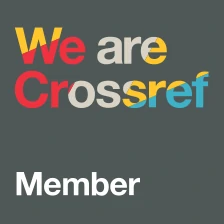Debate: Use of the Term ‘Bonded Labour’ is a Must in the Context of India
DOI:
https://doi.org/10.14197/atr.201215513Abstract
There is no question that we should distinguish between forced labour, trafficking and slavery. But, we should also include in the debate another concept, ‘bonded labour,’ as it describes a distinct and widespread form of forced labour in India that does not fully accord with the International Labour Organization’s (ILO) definition of forced labour. The sociopolitical reality in India and bonded labour’s intimate link with the Indian caste system demand that the term ‘bonded labour’ be retained in the discourse on forced labour and trafficking in persons. Addressing bonded labour enables two interconnected areas of exploitation and discrimination to be addressed, namely working towards emancipation of the minority Dalit community and of the Moolnivasi indigenous communities.
Metrics
Published
How to Cite
Issue
Section
License
The Anti-Trafficking Review has a policy of licensing under the Creative Commons Attribution License (CC-BY). Under the CC-BY license, the public is free to share, adapt, and make commercial use of the work. To protect our work and that of our authors, however, users must always give proper attribution to the author(s) and the Anti-Trafficking Review (i.e. with a complete bibliographic citation and link to the Anti-Trafficking Review website and/or DOI).
The Anti-Trafficking Review promotes the sharing of information, and we therefore encourage the reproduction and onward dissemination of articles published with us.








